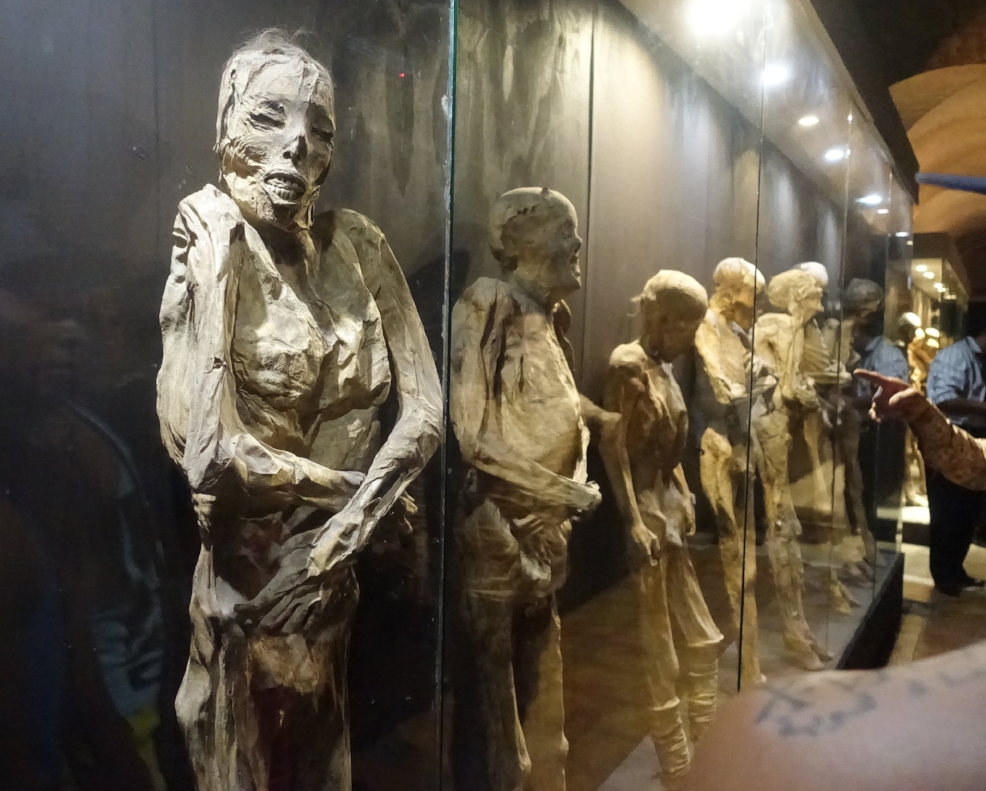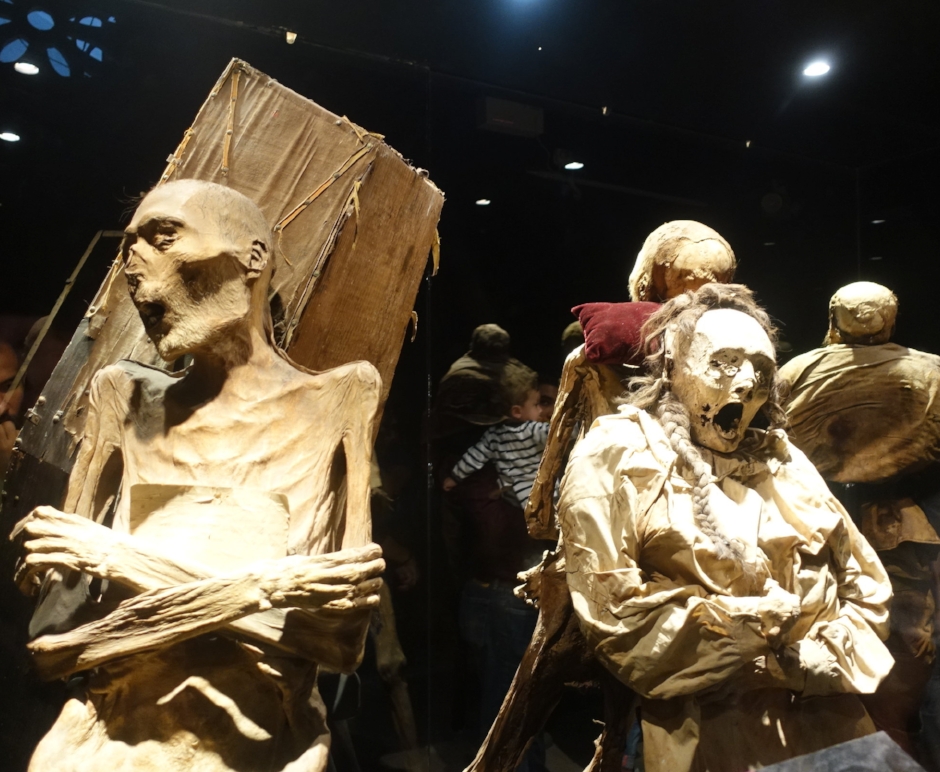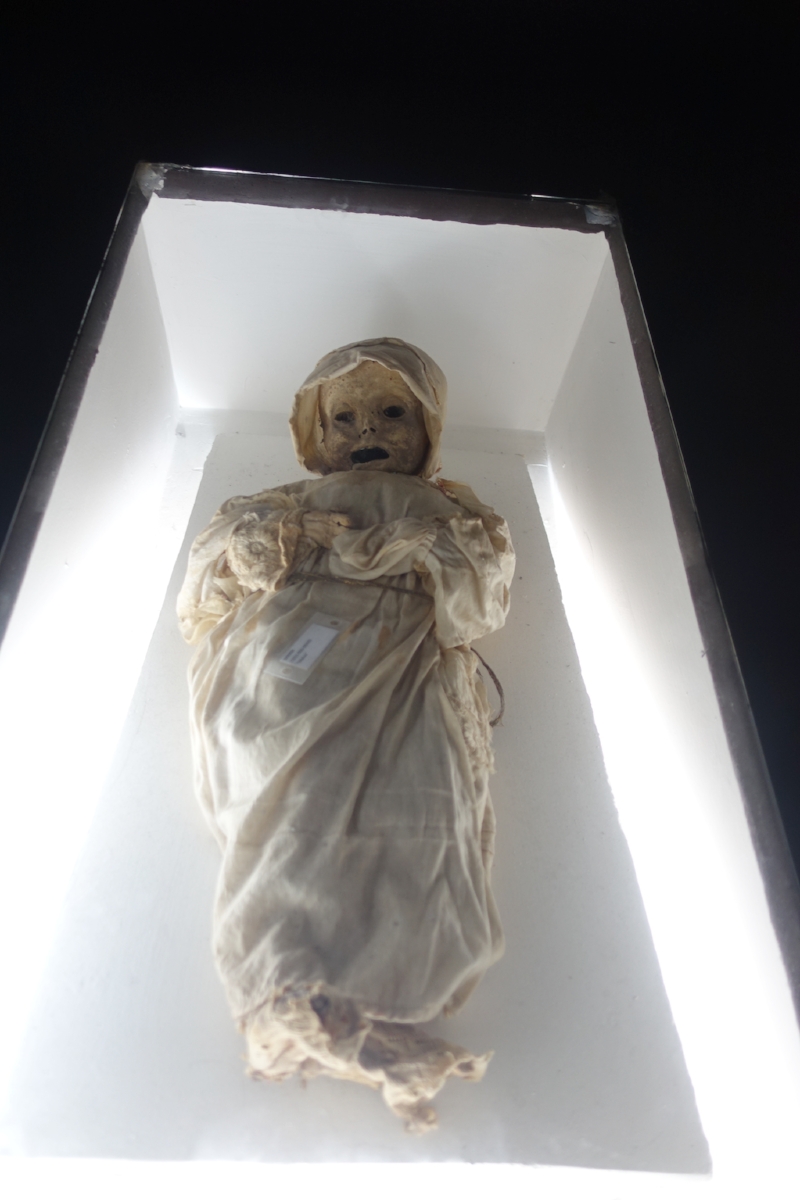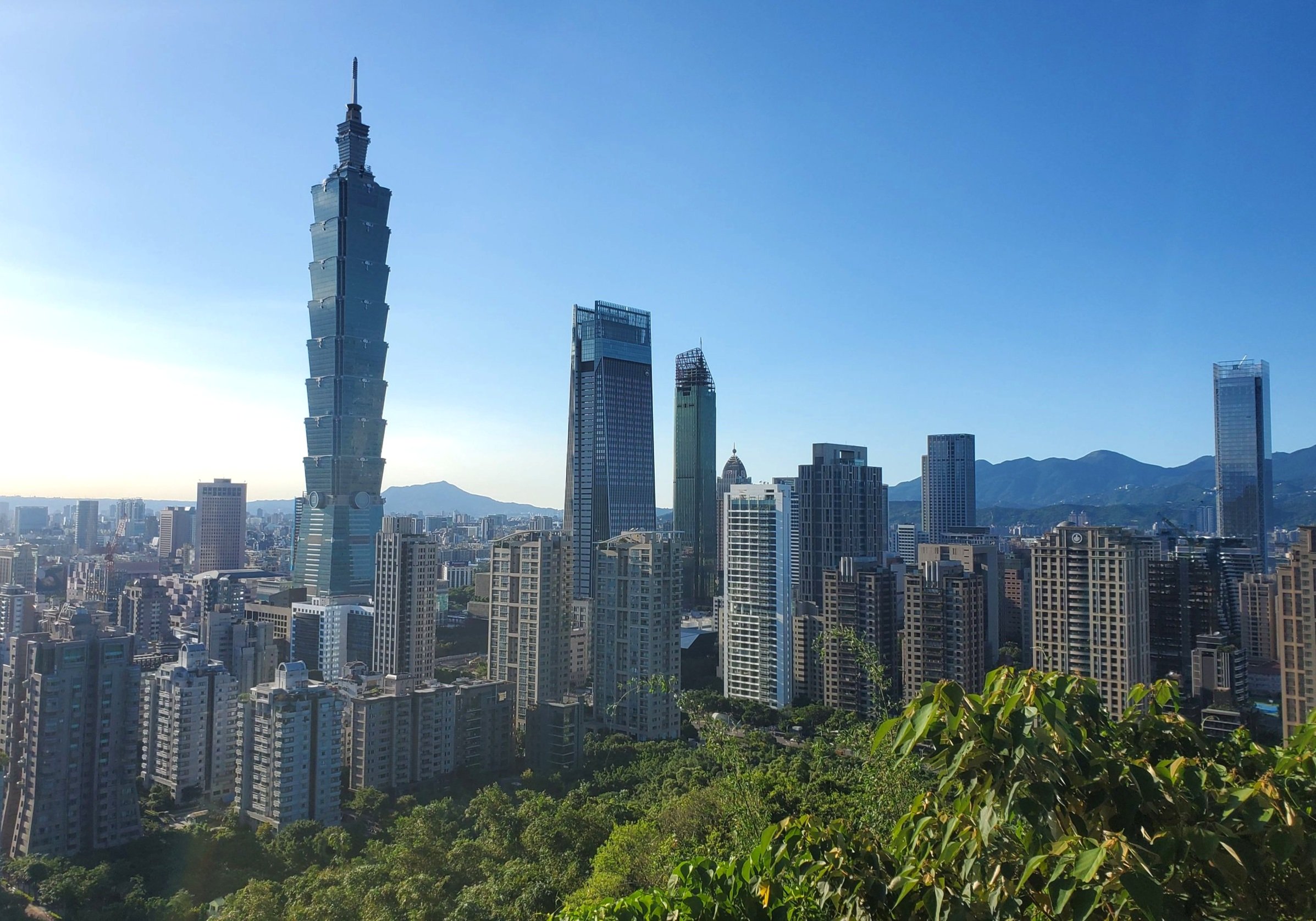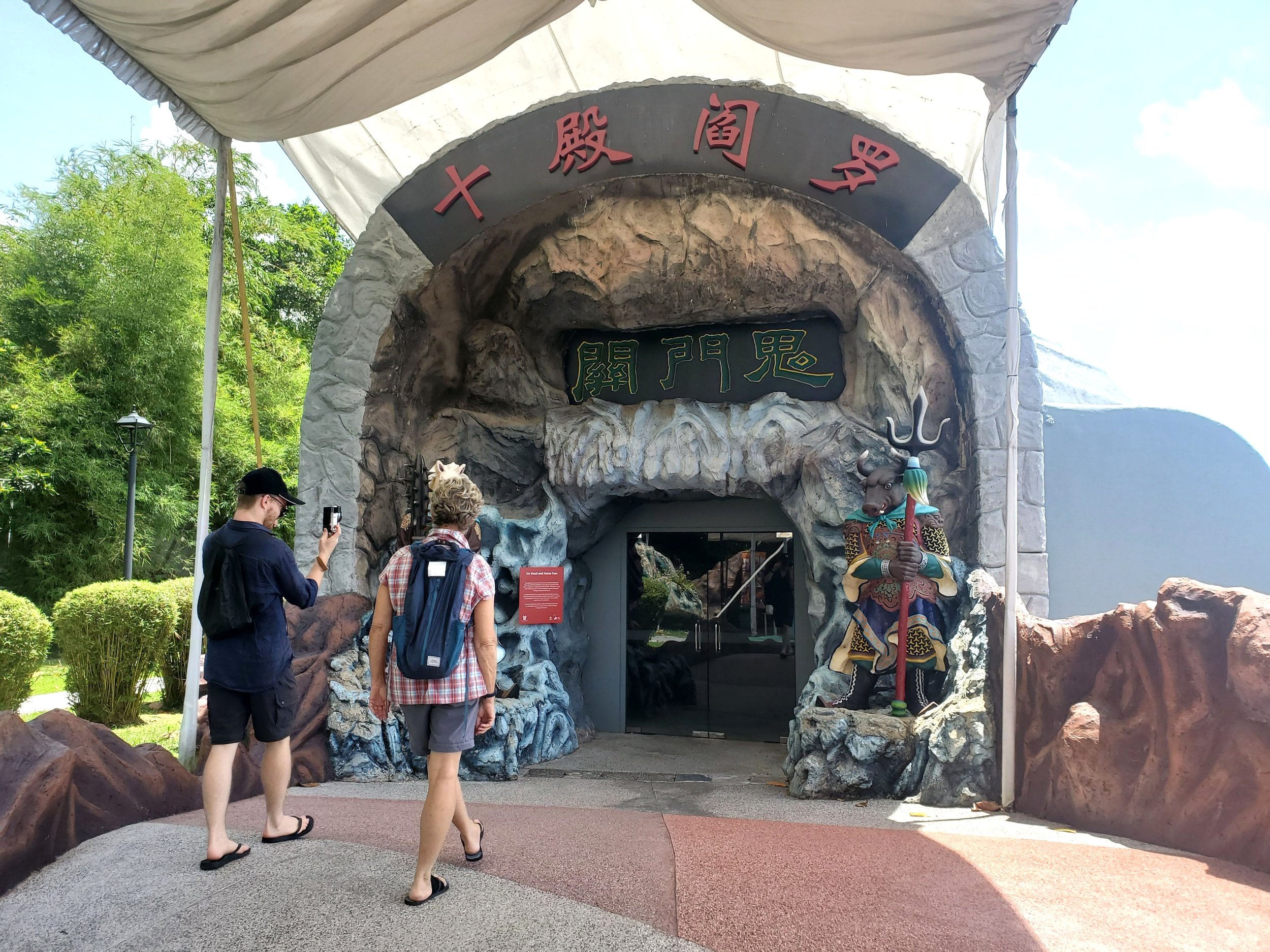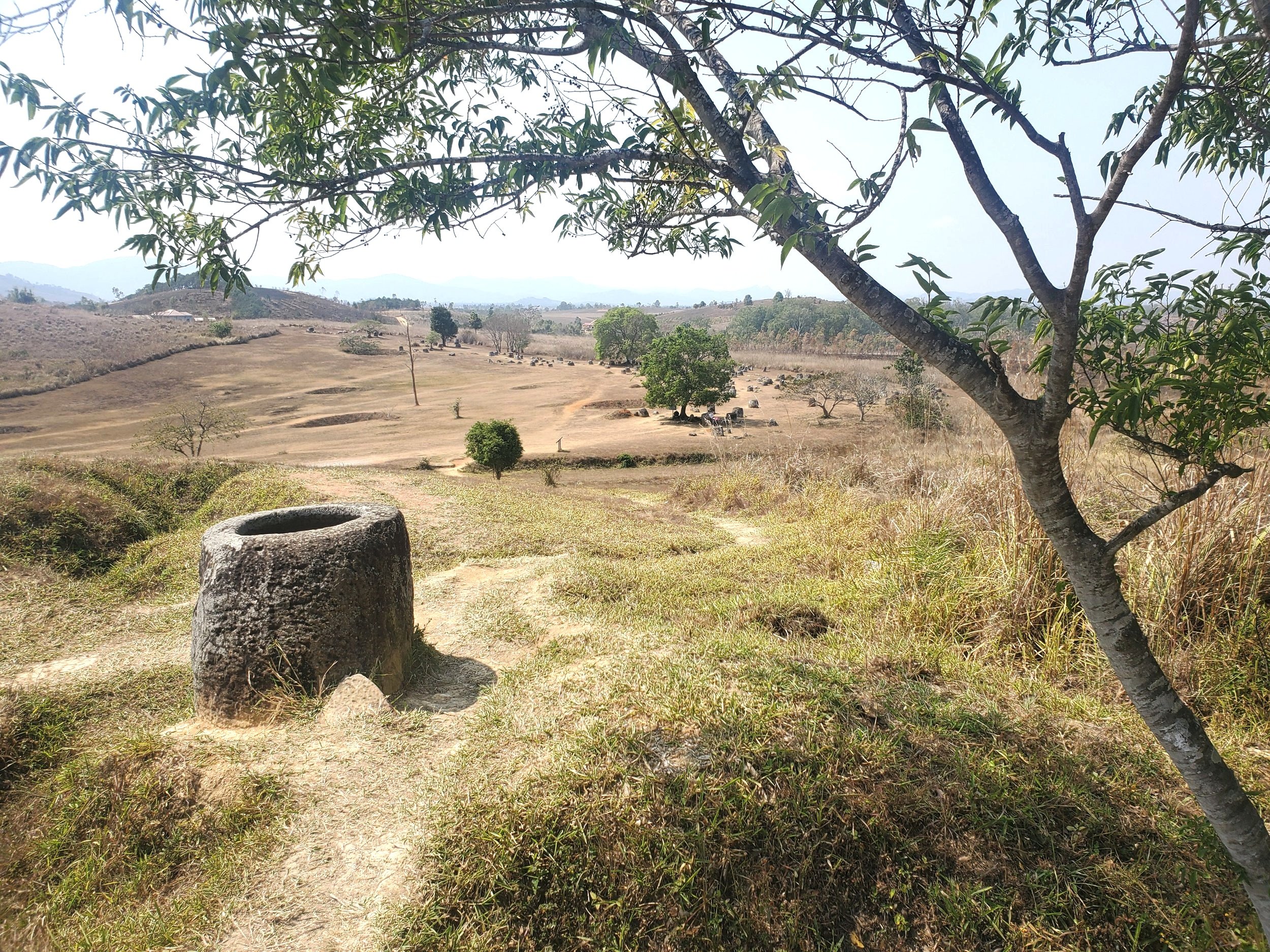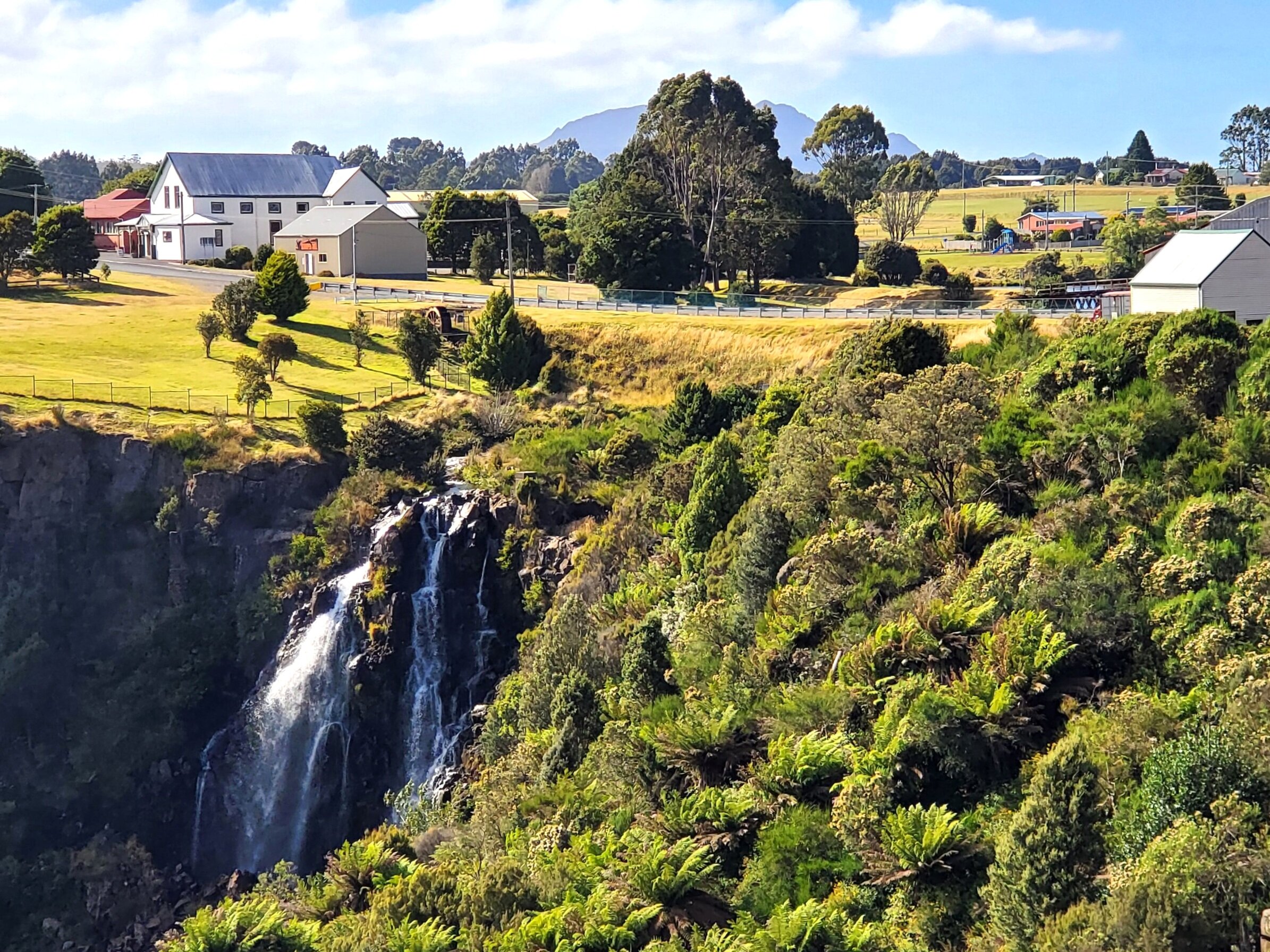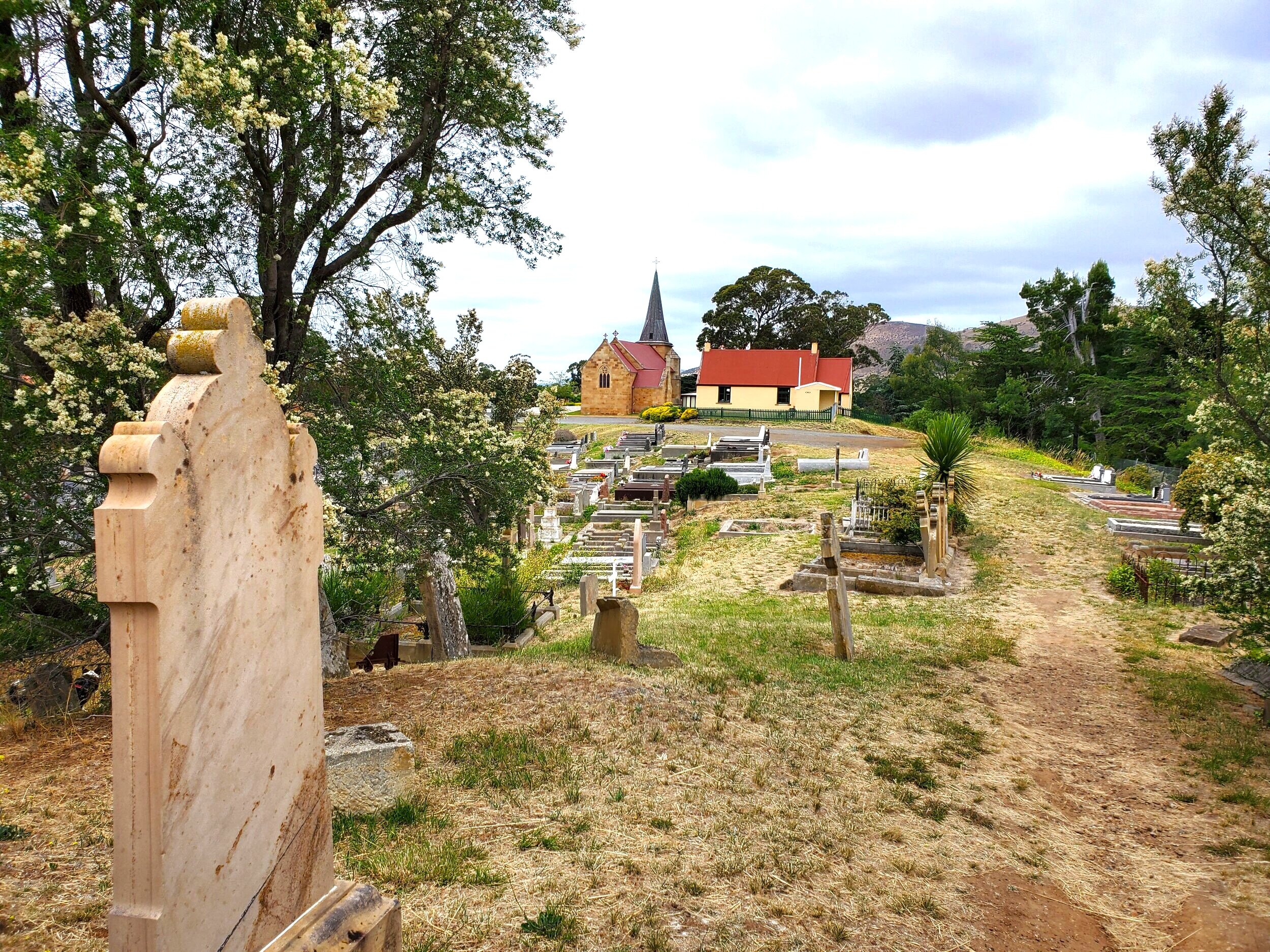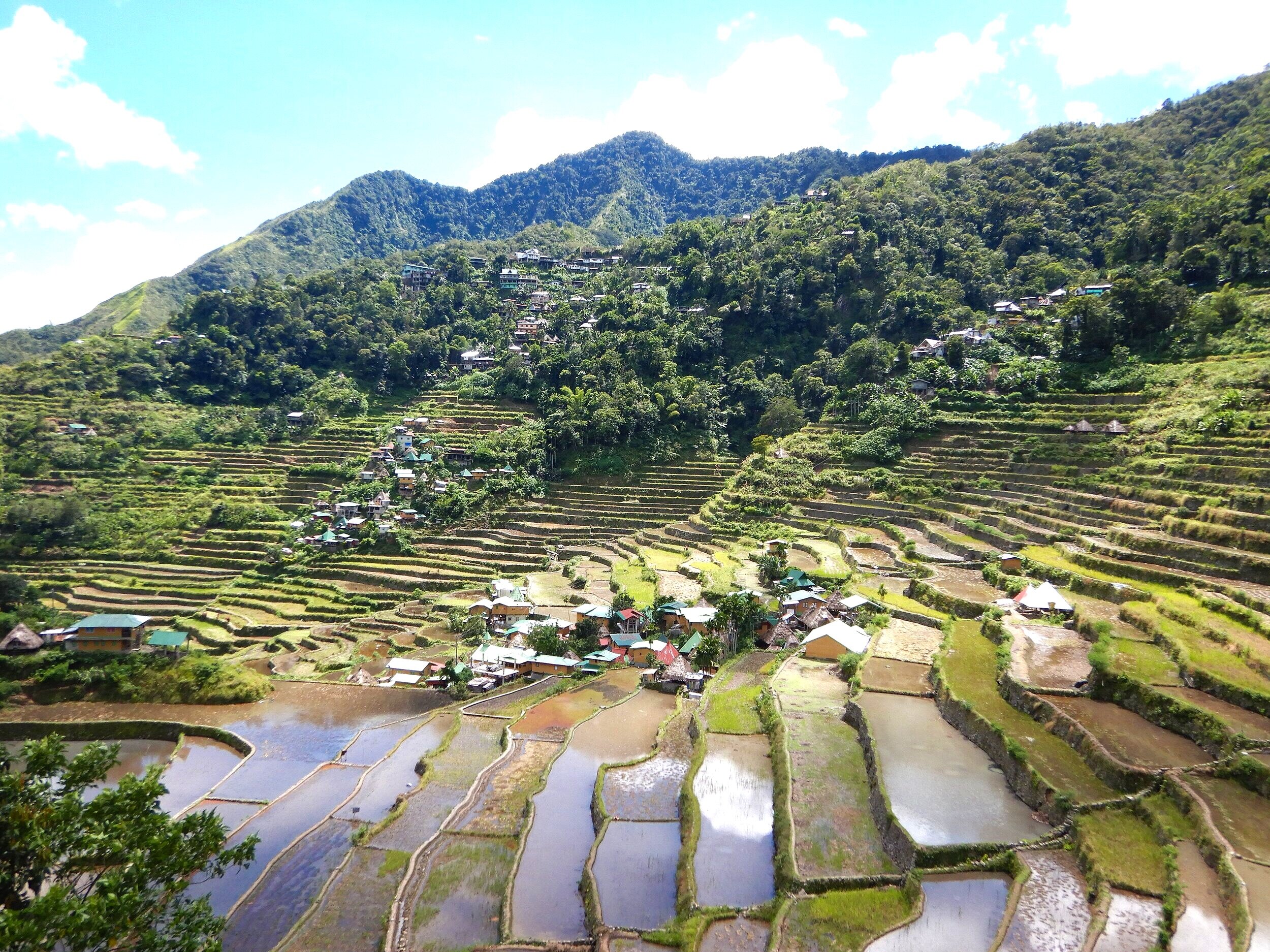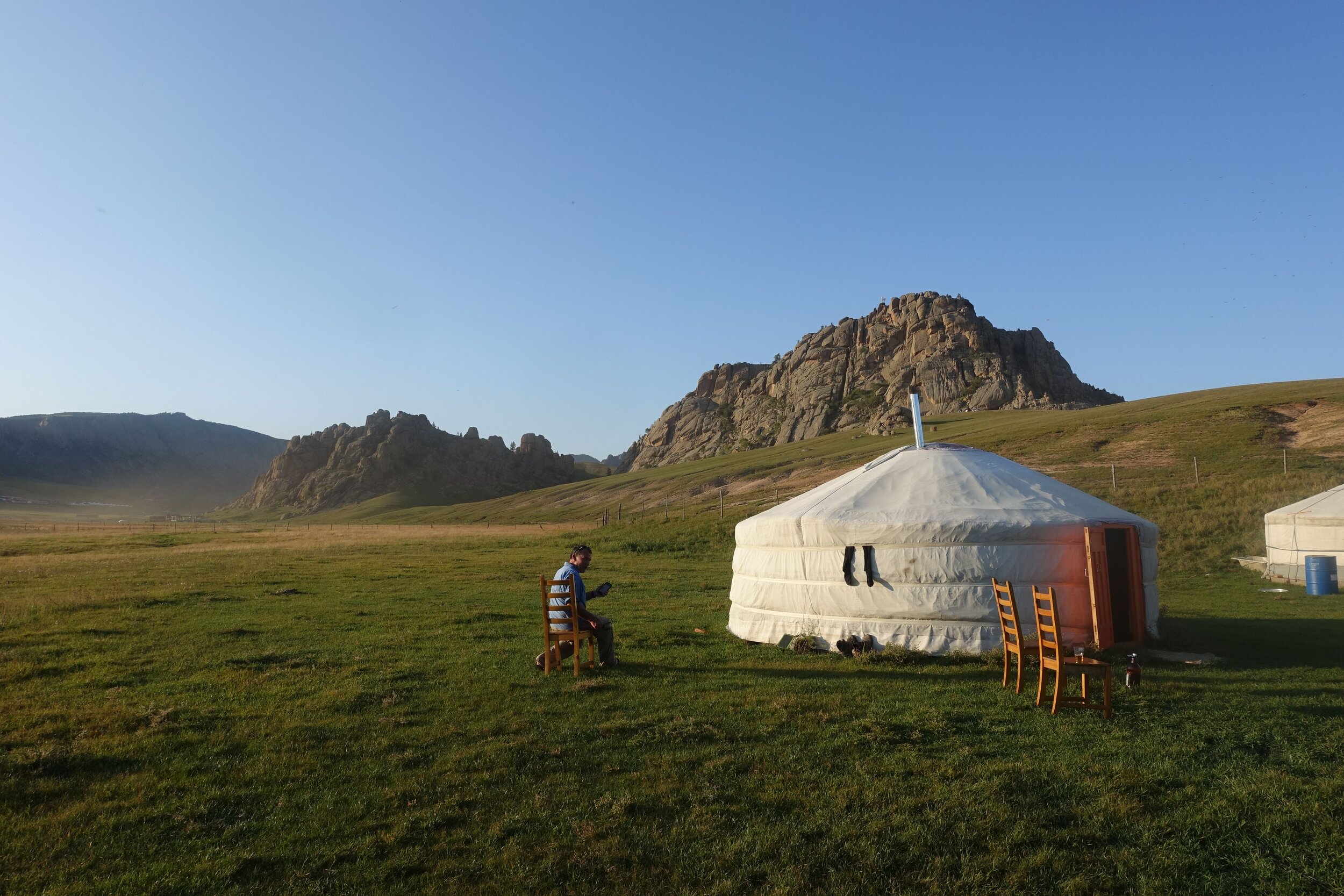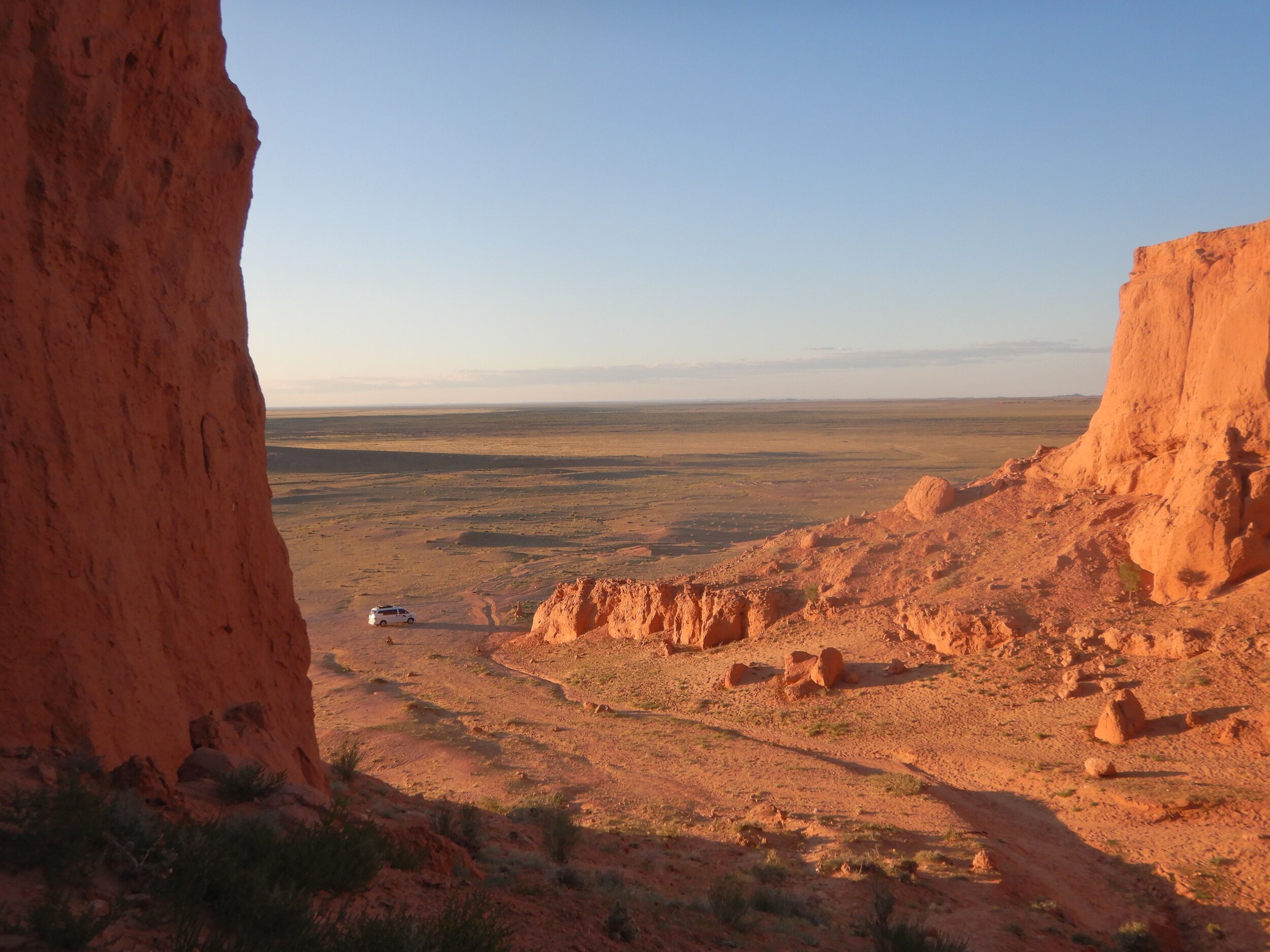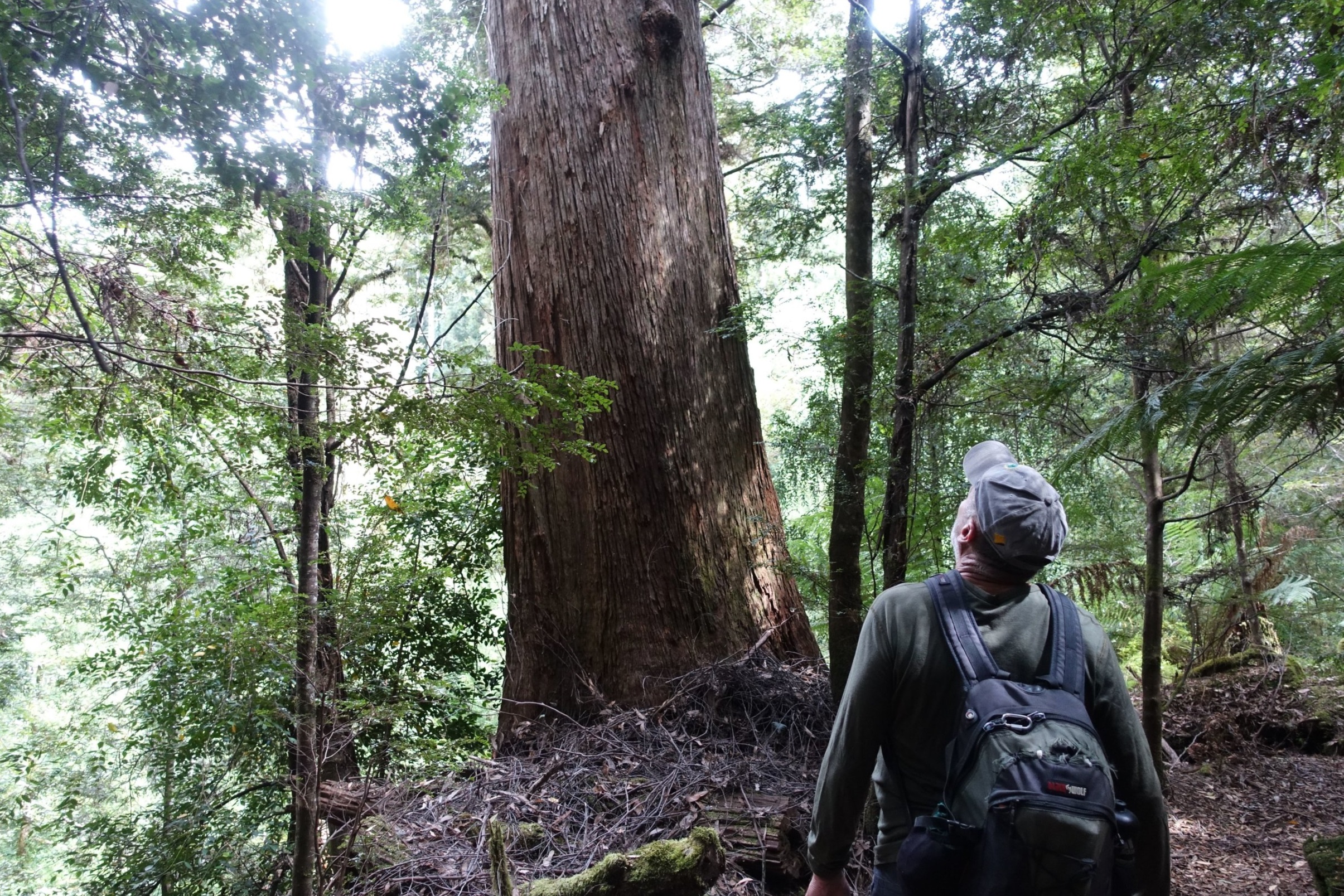Guanajuato – An Unexpected Pleasure
/Maybe it’s just us, but we’d never heard of Guanajuato until recently. But having read that it was one of Mexico’s most picturesque towns, and it lay on our route from Mexico City to the country’s second biggest city, Guadalajara, we decided to check it out.
As things transpired it turned out to be one of the most visually attractive and interesting colonial towns we’d visited in Latin America.
plaza del baratillo with its florentine fountain
Guanajuato sits along the slopes and valley floor of a steep sided ravine. It dates back to 1559 when some of the World’s biggest silver and gold deposits were discovered there.
A UNESCO listed World Heritage town, much of the sartorial elegance of it’s important colonial buildings is due to the riches unearthed from the 16th century onwards.
Many of the city’s streets are narrow, cobble-stoned alleys which wind serpentine up, down and around the hills.
The best way to enjoy Guanajuato is on foot. Here are some of the highlights of our walks around town.
teatro juarez
Teatro Juarez was opened in 1903 by the Mexican dictator Portfirio Diaz. It is open for visits and still hosts performances.
funicular railway
Catch the small funicular railway behind Teatro Juarez up to a fabulous viewpoint.
guanajuato from the viewpoint
The Museo de las Momias (Museum of the Mummies) is a more ghoulish offering than most of Guanajuato's attractions. It is a collection of corpses disinterred from the public cementary. This began in 1865 when bodies were removed from the overcrowded cemetary to create room for more burials. It was discovered that the regions dry climate combined with the particular mineral qualities of the soil had mummified the bodies. Hence the mummy museum was born.
The Alhondiga de Granaditas is a history and art musuem today, but back in 1810 it was a Spanish fortress that was attacked by rebels on 28th September and became the site of the first significant victory by rebel forces in Mexico's War of Independence from Spain.
Alhondiga de Granaditas
Callejon del Beso (Alley of the Kiss) is a street so narrow that it was said that a rich girl fell in love with a poor boy across the way and they could kiss from opposing balconies. While the story met a predictably tragic end for the lovers it remains a popular spot for couples to have their photo taken exchanging an embrace.
callejon del beso
The imposing yellow building that stands out from all the rest is the Basilica de Nuestra Senora de Guanajuato.
the basilica de nuestra senora
Being roughly half way between Mexico’s two biggest metropolises means that it gets a lot of domestic tourists. But even though we were there at the end of the hectic Christmas/New Year season it was busy but not manic.
jardin reforma
At over 2000m in elevation we found January’s winter days pleasant (22 – 25C) and the nights cool.
the view from the terrace of our guest house, the excellent casa de pita
It’s a truly beautiful place and one we were very pleased to have seen.
Note: We did not try to set out this post with a suggested walking route and map as Guanajuato is too higgledy piggeldy for that, but there are many tourist kiosks around the city who are happy to provide a free map with all the sights indicated. The ones mentioned here are just a very small sample of what Guanajuato has to offer.
If you want more specific information here is a link to Guanajuato’s tourist site. Click here to visit the site.
Ken
P.S. We want to give a plug to the excellent, friendly, and stylish Casa de Pita, a 300 year old house that has been in the same family for that whole period. One of the nicest places we stayed in Mexico. highly recommended. Click here for more information.










